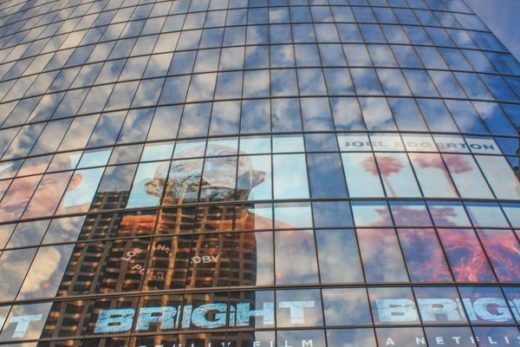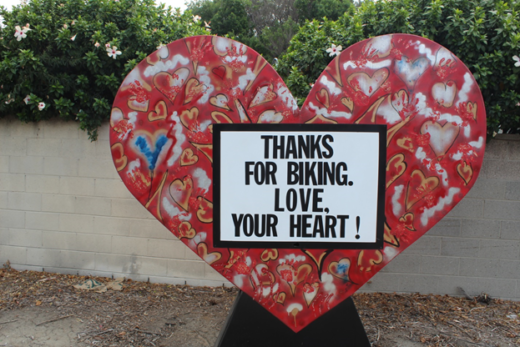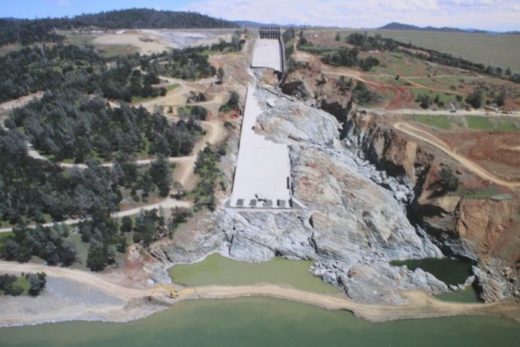Continue southeast on 6th Street, just past South Central, then right (south) on Alameda.
You are passing through an industrial landscape that represents the working parts of L.A. You might notice current and former manufacturing plants, warehouses, recycling plants, mechanics, and other businesses that employ and service blue-collar workers in this gritty strip. Billions of dollars have been spent along this Alameda Corridor to more efficiently connect it to the Ports of L.A. and Long Beach by truck and rail.
After crossing the 10 Freeway, continue south on Alameda to 41st Street. Turn right on 41st Street and stop.
Stop # 15: Former South Central Farm Community Gardens (1702 41st Street):
It is unlikely that what you see today on this lot north of 41st Street will ever compete with the urban drama that unfolded here from 1994-2006. Its history lives on in volumes of urban geography, planning, and community organizing publications, and in the families that worked the soil here. Following the 1992 civil unrest, the city allowed a charity, the Los Angeles Food Bank, to take temporary possession of the approximately 14 acres to create a community garden here. The impoverished neighborhood responded by farming about 350 individual plots to produce an astonishing variety of 100-150 traditional ethnic crops. From nopales to bananas, the land was quickly covered with healthy produce that supplemented the diets of families across South L.A. Activists with names such as Tezozomoc declared in publications such as The Guardian, “We’re challenging the system with a new vision of leisure space.” and “The poor are helping themselves.” The arrangement soon turned sour.

The developer (Ralph Horowitz) who sold (with specific conditions) the land to the city objected to their use of his former property and to the nature of the activists farming it. After the region’s Alameda Corridor plans were approved and funded, the value of the property skyrocketed. Horowitz won legal rights to buy back the land from the city for $5 million, perhaps less than half of its new worth. The entrenched farmers faced eviction from the productive land that had galvanized their community. Our tours of the gardens that once focused on the families and their diverse crops turned to requirements that we identify ourselves before we could penetrate the barriers and hear their stories of despair. This environment of siege was punctuated with banners that read, “We’re here and we’re not going anywhere.” Public events rallied the community and celebrities showed their support. Tents marked the camps where farmers stayed in case bulldozers were to appear late at night.


Eventually, the bulldozers won and the family gardens were destroyed, supposedly to make way for warehouses that might further increase property values and profits and provide jobs. Instead, this property remained abandoned as an empty field of weeds, surrounded by chain linked and barbed wire fencing, for more than a decade, extending the effects of such a bitter lose-lose battle between the developer and the city and its resident gardeners. Some of the activists relocated all the way to Buttonwillow in the San Joaquin Valley to continue the farming they had started.

The urban stories and the epic documentary films about this unfortunate saga (including Oscar-nominated The Garden) live on in L.A. history. These urban legends will remain stamped on the landscapes of this more than 2 square miles of neighborhood in South L.A. (known as Central-Alameda) for generations.







